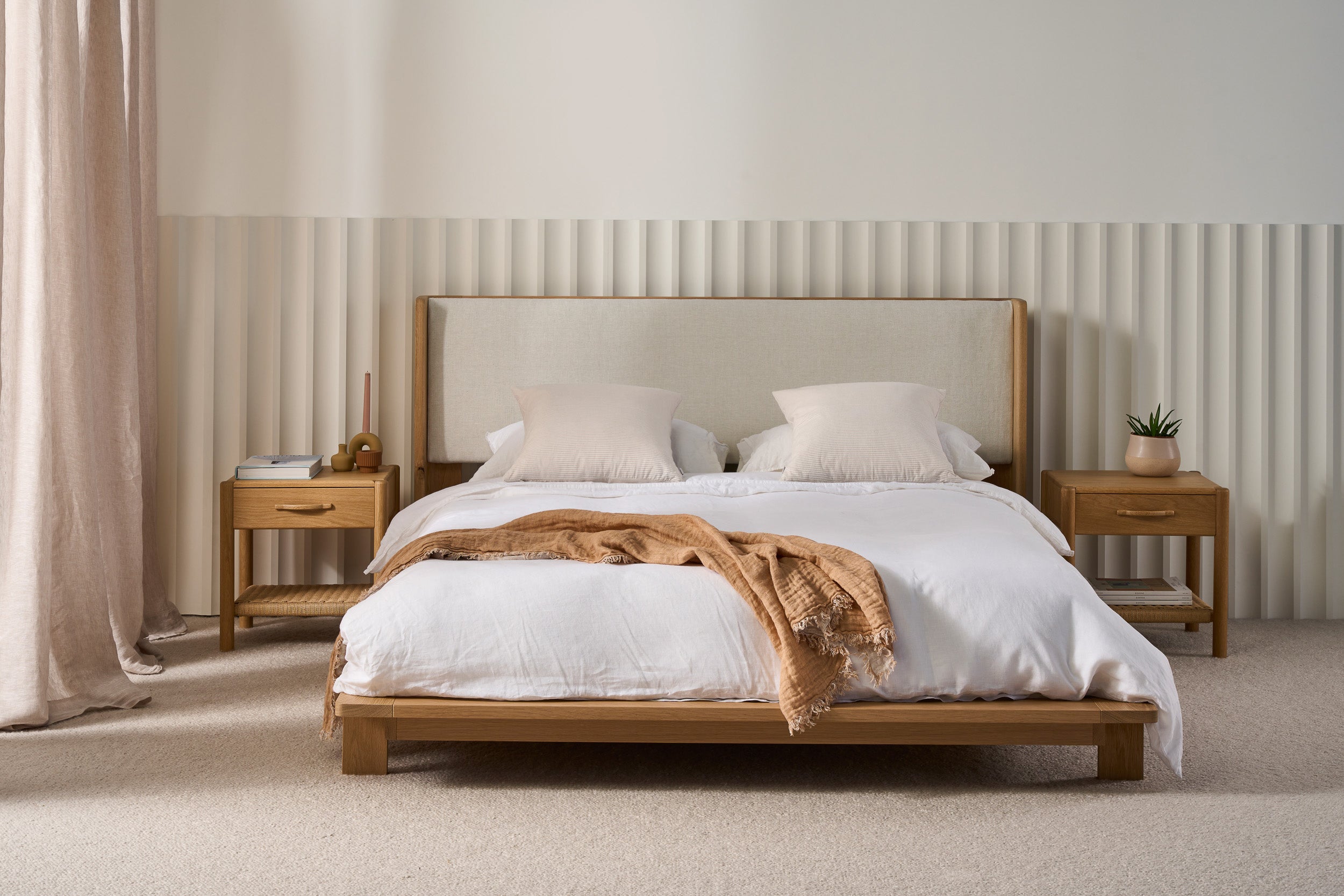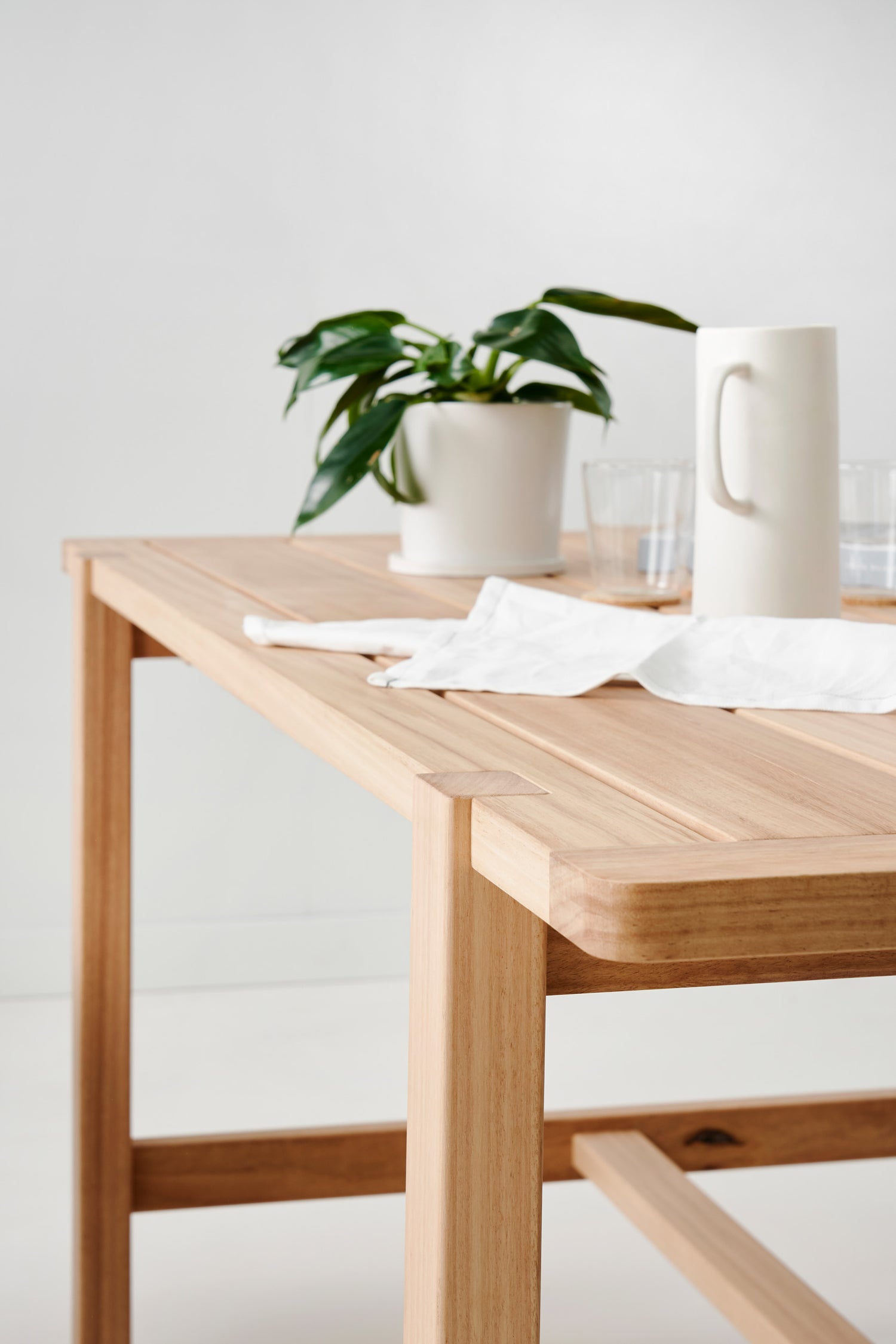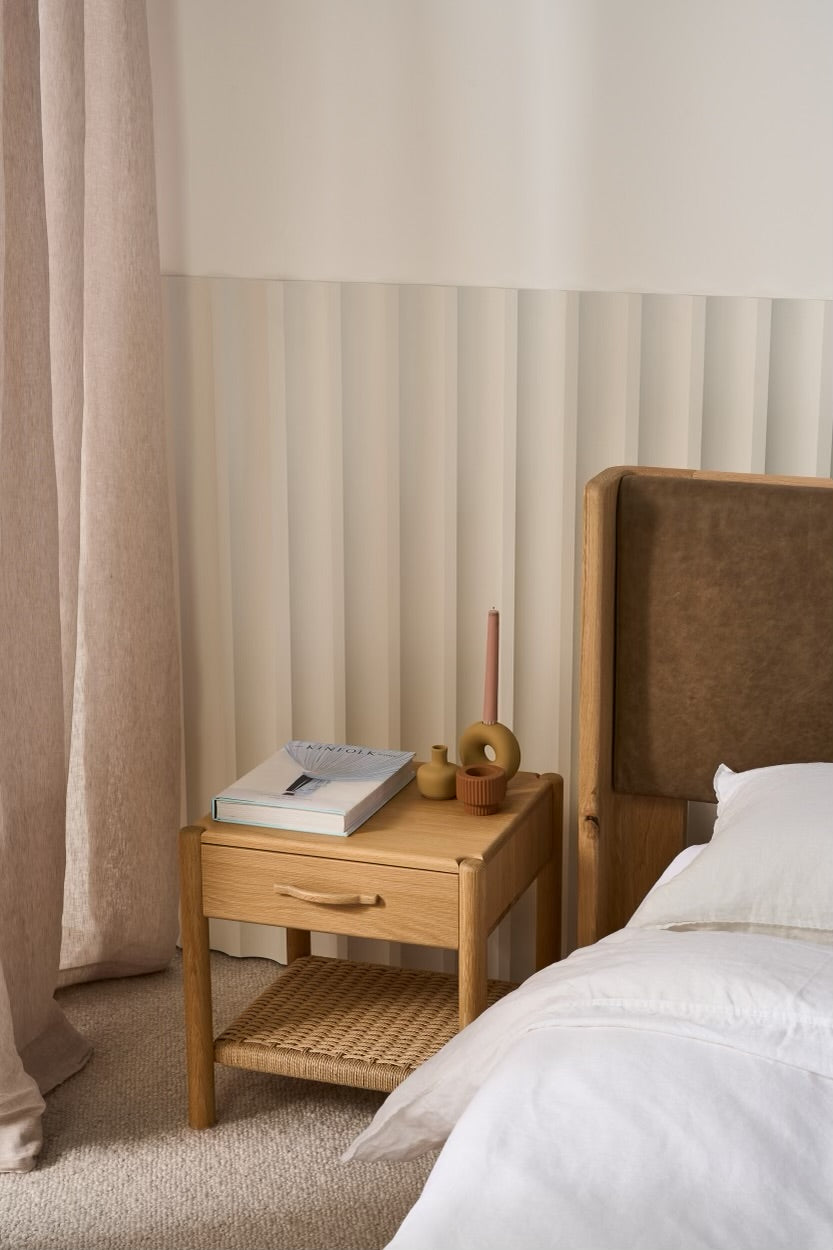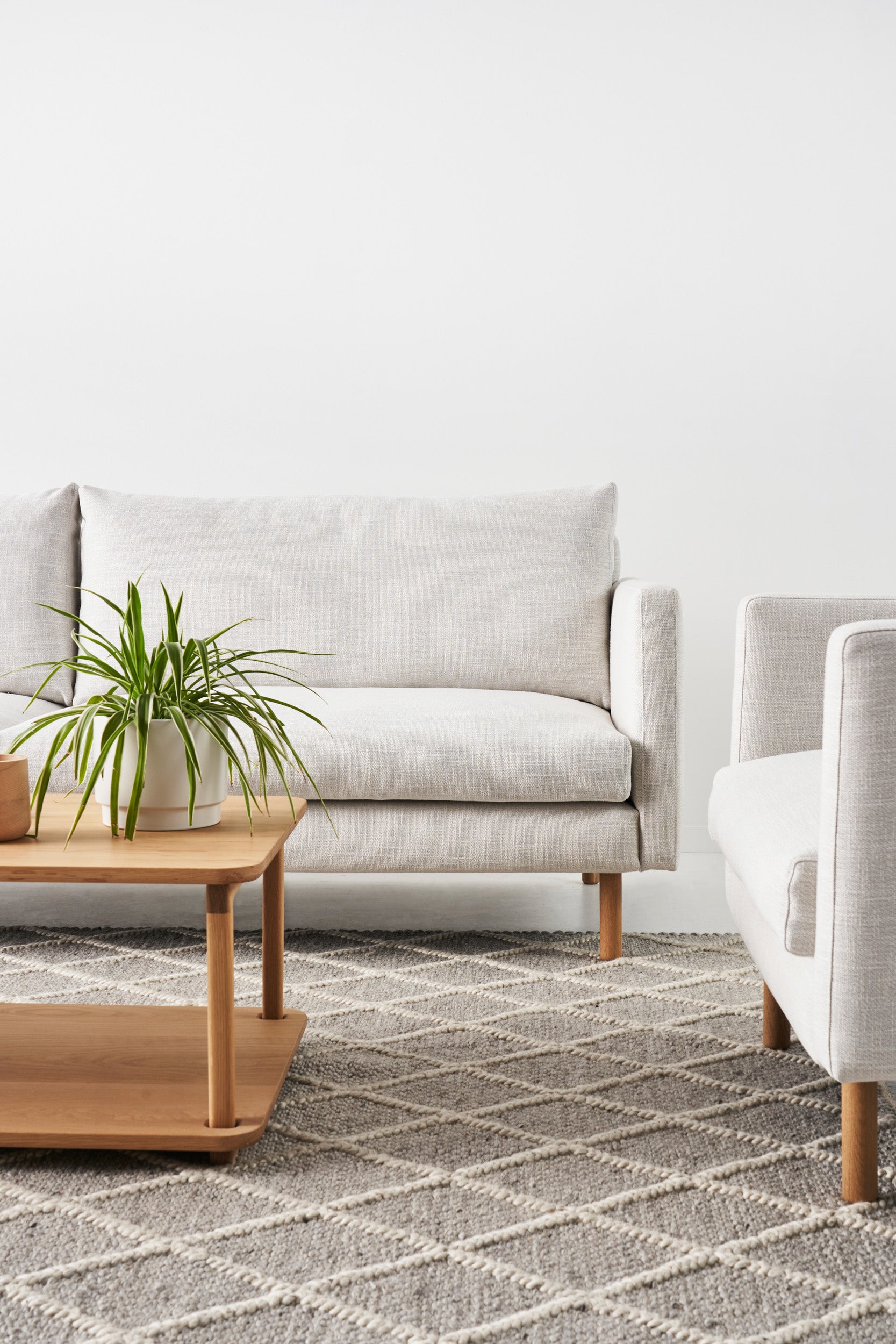In a society increasingly aware of environmental issues, eco-conscious living has become a top priority for many individuals, especially for those who are looking to create a home that reflects their values.
Sustainable design offers a pathway to reducing environmental impact while still enjoying a stylish and comfortable living space. In this blog post, we'll touch on sustainable design principles and offer practical tips for eco-conscious families to incorporate into their homes or simply to strive for what's possible in any given home (every little bit counts!)
Understanding Sustainable Design
At its core, sustainable design seeks to minimise the environmental impact of buildings and their occupants while maximising resource efficiency and comfort. It encompasses various aspects, including energy efficiency, material selection, waste reduction, and indoor environmental quality. By adopting sustainable design principles, families can create homes that are not only environmentally friendly but also healthier and more cost-effective in the long run.
Tip 1: Choose Quality Over Quantity
When furnishing your home, prioritise quality over quantity. Invest in high-quality, durable pieces of furniture that are built to last. Look for items made from sustainable and durable materials. While these pieces may come with a higher upfront cost, they will save you money in the long run by reducing the need for frequent replacements.
Tip 2: Embrace Minimalism
Minimalism goes hand in hand with sustainability. By embracing a minimalist lifestyle, families can reduce clutter and minimise consumption. Pare down belongings to the essentials and opt for multifunctional furniture that serves multiple purposes. This not only maximises space but also reduces the need for excess items and encourages mindful consumption.
Tip 3: Shop Sustainably
Support brands and artisans that prioritise sustainability and ethical practices. Consider shopping locally to reduce carbon emissions associated with transportation. Additionally, explore secondhand and vintage options to give new life to preloved items and reduce waste.
Tip 4: Upcycle and Repurpose
Get creative with upcycling and repurposing old furniture and decor items. Instead of discarding old pieces, consider refurbishing them or giving them a new lease on life through DIY projects. Engage local artisans or craftsmen to breathe new life into thrifted or vintage finds. Not only does this reduce waste, but it also adds unique character and personality to your home.
Tip 5: Prioritise Energy Efficiency
Opt for energy-efficient appliances and lighting fixtures to reduce energy consumption and lower utility bills. Consider investing in smart home technology such as smart thermostats and LED bulbs to further optimise energy usage. Maximise natural light and ventilation to decrease reliance on artificial lighting and heating/cooling systems, thereby reducing your carbon footprint.
Tip 6: Incorporate Biophilic Design
Biophilic design seeks to reconnect humans with nature by incorporating natural elements into the built environment. Bring the outdoors in by incorporating houseplants to improve indoor air quality and add a touch of greenery to your space. Choose natural materials such as stone, wood, and organic textiles to create a calming and inviting atmosphere.
Tip 7: Enhanced Insulation Materials:
Consider using eco-friendly insulation materials such as sheep's wool, cellulose insulation made from recycled paper, or recycled denim insulation. These materials provide excellent thermal performance while reducing environmental impact.
Tip 8: High-performance Windows and Doors:
Invest in double or triple-glazed windows with low-emissivity (low-E) coatings and insulated frames to minimise heat loss and enhance energy efficiency. Opt for energy-efficient doors with tight seals to prevent drafts and improve comfort.
Tip 9: Solar Panels:
Install solar panels on the roof to harness renewable energy from the sun and generate electricity for your home. Solar photovoltaic (PV) systems can significantly reduce utility bills and carbon emissions, making them a cost-effective and sustainable energy solution.
Tip 10: Passive Solar Design:
Incorporate passive solar design principles into your home's architecture to maximise natural light and heat gain during the winter months while minimising overheating in the summer. Features such as south-facing windows, thermal mass, and shading devices can help optimise energy performance and comfort.
Tip 11: Energy-efficient Appliances and Lighting:
Choose ENERGY STAR-rated appliances and LED lighting fixtures to reduce energy consumption and lower utility costs. Energy-efficient appliances, such as refrigerators, dishwashers, and washing machines, use less energy and water while delivering superior performance.
Tip 12: High-efficiency HVAC Systems:
Install a high-efficiency heating, ventilation, and air conditioning (HVAC) system with programmable thermostats and zoning controls to optimise comfort and energy usage. Consider geothermal heat pumps or air-source heat pumps for renewable heating and cooling solutions.
Tip 13: Rainwater Harvesting Systems:
Implement rainwater harvesting systems to collect and store rainwater for non-potable uses such as irrigation, toilet flushing, and laundry. Rain barrels, cisterns, and underground tanks can help conserve water resources and reduce reliance on municipal water supplies.
Tip 14: Energy Monitoring and Management:
Use smart home technology and energy monitoring systems to track energy usage, identify inefficiencies, and optimise energy management. Smart thermostats, energy metres, and home automation systems can help you make informed decisions to reduce energy waste and save money.
By incorporating these sustainable design principles into our homes, we can create spaces that not only reflect our values but also contribute to a healthier planet for future generations. From choosing quality, eco-friendly materials to embracing minimalism and energy efficiency, every step towards sustainable living makes a difference.
mubu x






Leave a comment
This site is protected by hCaptcha and the hCaptcha Privacy Policy and Terms of Service apply.